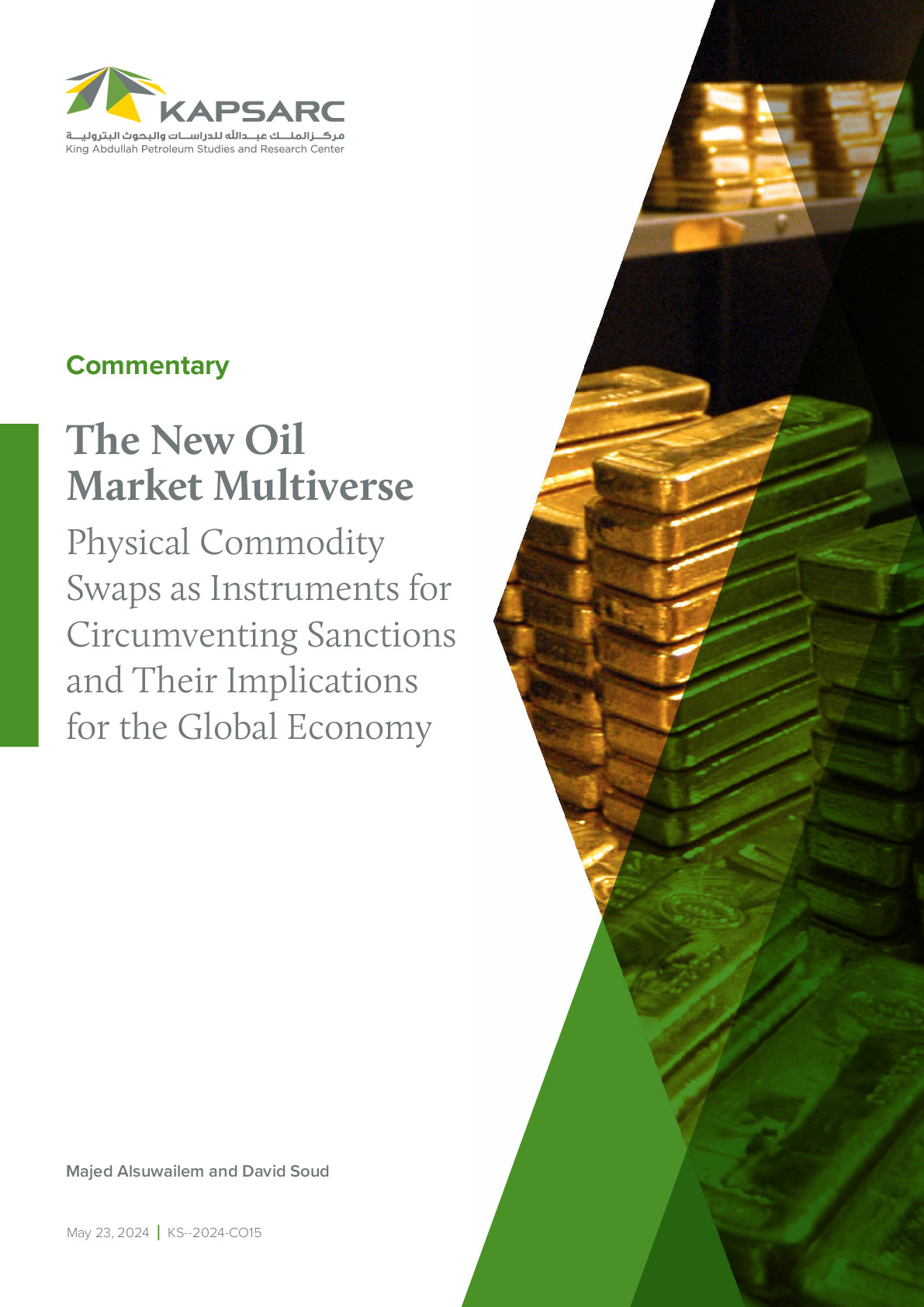Once believed to be economically infeasible, shale oil has now emerged as a key component in the energy market. Over the past two decades, the shale oil and gas (O&G) industry has grown due to technological innovation, including horizontal drilling and hydraulic fracturing in tight shales, driving increases in global production. The Energy Information Administration (EIA) recently announced in its latest annual outlook that the U.S. should become a net exporter of energy after 2020, with most of the production driven by shale oil production. The goal of this project is to gather insights for Saudi Arabia’s stakeholder and giving guidance in terms of the impact of US shale O&G on global markets and investments strategy for the Kingdom. With a time series of available production data, we investigate, in retrospect and in detail, what were the drivers (both below and above ground drivers) that enabled a successful growth in US shale O&G so far and whether these mechanisms are sustainable going forward. The impact of the growth of U.S. shale on the global oil market is an understudied area. No studies have yet assessed U.S. shale O&G growth in detail and its ramifications for the global energy market and decision makers in the Kingdom of Saudi Arabia.

The New Oil Market Multiverse: Physical Commodity Swaps as Instruments for Circumventing Sanctions and Their Implications for the Global Economy
From the global pandemic to the aftershocks of the COVID-19 pandemic and the war in…
23rd May 2024
